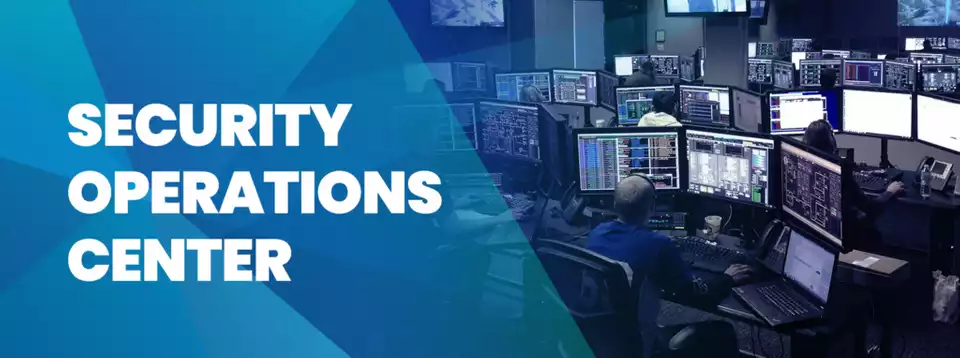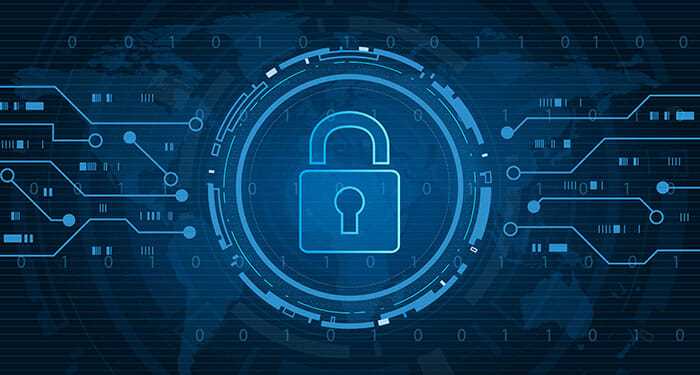What Is SOC and Why Is It Important in the Post-COVID World?
Last updated: May 24, 2025
SOC stands for Security Operations Center. This refers to a team within a company that focuses on detecting, preventing, and reacting to cyber threats. Of course, cyber security is something that every in-house IT team must be proficient with, and SOC managed services is a very valuable way to direct resources.
SOC teams are essentially responsible for monitoring and protecting against the company’s assets and infrastructure; from personal data and business systems to intellectual property and brand integrity. The incentive driving SOC is of course a positive return on investment due to the damage limitation and prevention of cyberattacks.
Why SOC is so important?
Security strategy is important, and SOC can play a vital role in this. Having a dedicated center focused on security can mean 24/7 monitoring, which reduces downtime, and utilize proactive threat detection that is software equipped with finding the latest cyber threats. Cybercriminals often adapt and release newer variations of attacks, and it can be very difficult to keep up in-house.
SOC provides companies with an extra layer of security. This allows companies to optimize their resources, as they can receive support as and when they need it. Having a security operations center to turn to in vulnerable moments is invaluable.
SOC use case A SOC use case is an approach in why you can detect, report, and fight various anomalies. Creating a registry of current business risks and as a result, developing cybersecurity incident management processes to eliminate them.
The end goal here is to build a process that can detect incidents and employ standardized responses to the different types of threats. SOC analysts can help with this investigation and mitigation.
When building a SOC use case, you go through a lifecycle of: design, development, implementation, application, and fine-tuning.
An important aspect of SOC is having both strategic and tactical threat management capabilities. This modern SOC setup allows for the scalability of both internal and external data in real-time. In turn, this creates an effective strategy for mitigating threat vectors.
SOC’s role in a post-covid world
Covid was profoundly impactful in the world of IT security. Overnight, companies had to begin transitioning employees to become remote. As a result, more security weak points existed, phishing attacks rose dramatically, and cybersecurity operations themselves had to become remote.
SOC had to reinvent itself with modern, cloud-native analytics and innovative ways to monitor the organization’s infrastructure. It was forced to adapt, but quickly played an even more important role in the company’s security. Automation become a key driver in executing responses to threats more quickly, and with precision and scale.
All in all, COVID-19 may have caused growth in new cyber threats, but it accelerated trends and innovations within SOC too. It has made companies reconsider their security practices, and turn to SOC for a way to secure every inch of the organization’s infrastructure from processes, the technology, to the people within it.
The end goal is always to drive strategic business outcomes, and this can be helped through modern, post-COVID SOC which focuses on process orchestration, remote collaboration, and automation.


